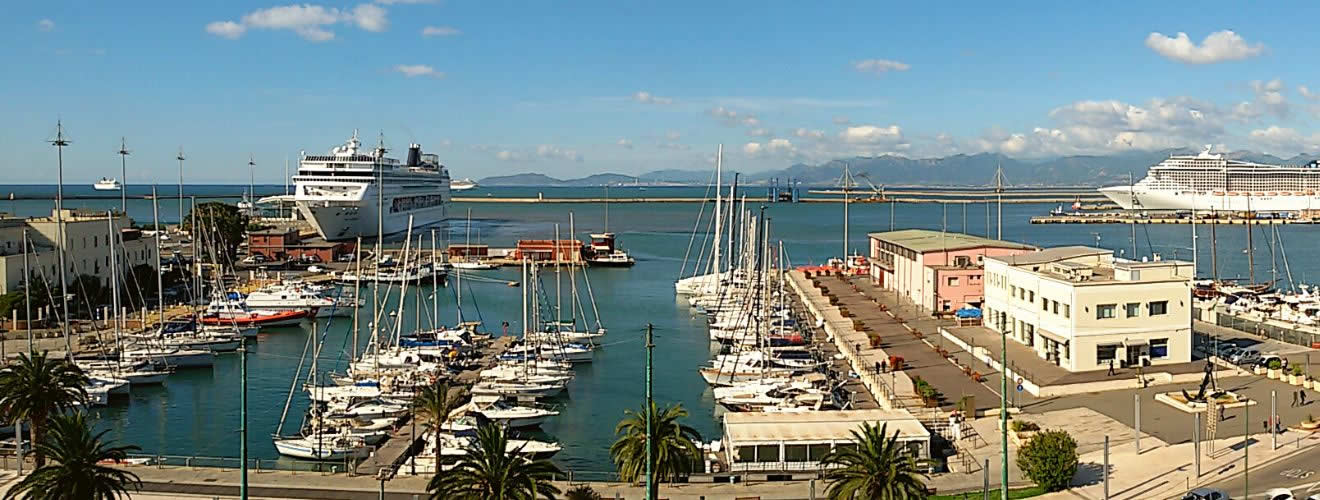Present Indicative of Regular Verbs – Crossword
Test your knowledge of the present indicative with this interactive exercise.
Read more
Test your knowledge of the present indicative with this interactive exercise.
Read more1) Listen to the following dialogue: ON THE TRAIN TO ROME Giorgia: Che faticaccia portare queste valigie! Manuela: Aspetta, ti aiuto. Giorgia: Dove vanno sistemate? Manuela: Lì sopra: c’è un vano per i bagagli. In Largo Argentina a Roma Veronica: Che bel gattino! Giorgia: Più che gattino direi gattone, hai visto quanto è grande? Manuela: Sì, è grandetto… Guarda, ce […]
Read more1) Listen to the following dialogue: AT THE TREVI FOUNTAIN Veronica: Giorgia, posso prendere dalla tua borsa la macchina fotografica, per favore? Giorgia: Sì, certo, prendila! Veronica: Grazie mille! Ora chiedo ad un passante se sarà così gentile da scattarci una foto! Giorgia e Manuela: Oh sì, ottima idea! Veronica: Scusi, potrebbe scattarci una foto davanti alla fontana, per piacere? […]
Read more1) Listen to the following dialogue: IN LIBRERIA (In a bookshop) Manuela: Che genere di libri preferite? Giorgia: A me piacciono i libri di fantascienza e di avventura. Veronica: A me i gialli. Manuela: Io invece leggo soprattutto classici e romanzi contemporanei. Preferisco gli autori stranieri. Veronica: Guardate, c’è il mio libro preferito! Ve ne leggo l’inizio: “Erano le 7 […]
Read more1) Listen to the following dialogue: PHONING HOME Giorgia: Avete sentito i vostri genitori oggi? Manuela: Sì, mi hanno chiesto come stavamo e se ci stavamo divertendo. Veronica: Io ho sentito mio fratello e mi ha detto che ha superato l’esame d’ingresso all’università. Manuela: In che facoltà si è iscritto? Veronica: In Farmacia. Giorgia: Io ho sentito il mio ragazzo, […]
Read more1) Listen to the following dialogue: LA PRINCIPESSA DI NAVARRA Alice: Abbandonò la Spagna e giunse in Sardegna rapidamente. Quando ebbe realizzato di aver ormai lasciato la patria si rattristò? Laura: Che bella questa storia, chi è la protagonista? Alice: La principessa di Navarra: dopo che la principessa fu arrivata in Sardegna, sposa di un nobile sardo, eresse la chiesetta di Santa […]
Read more1) Listen to the following dialogue: STORIA DI SARDEGNA Laura: La battaglia fu vinta dalla Corona d’Aragona! Alice: I mori vennero battuti in un batti baleno. Laura: È la prima volta che mi capita di sentire tutto questo. Alice: Non sai molto di storia sarda, ma vedrai diventerai un’esperta! 2)Look at the grammar of the passive verb AMARE and the main uses […]
Read more1) Listen to the following dialogue: THE END OF A LONG DAY Veronica: Oggi abbiamo camminato tanto! Sono stanchissima! Giorgia: Anche io! Ho i piedi che mi fanno malissimo! Manuela: Tutto questo mi ricorda quel viaggio in Grecia che feci tanto tempo fà con i miei genitori, dopo che ebbi percorso tutte quelle strade ripide con centinaia di gradini […]
Read moreMetti alla prova la tua conoscenza del presente indicativo con questo esercizio di riempimento.
Read moreMetti alla prova la tua conoscenza del presente indicativo con questo esercizio interattivo online e gratuito.
Read morea) Listen carefully: b) Listen once again and read the text: c) Without looking at the text answer to the following questions:
Read moreMetti alla prova la tua conoscenza dell’Italiano con questo esercizio sugli aggettivi di nazionalità.
Read moreTest your knowledge of combined pronouns with this free, online, interactive exercise. See also: Italian Grammar: Combined Pronouns Italian Combined Pronouns Fill in the missing words Italian Combined Pronouns Choose the correct statement
Read moreTest your knowledge of combined pronouns with this interactive exercise. See also: Italian Grammar: Combined Pronouns Italian Combined Pronouns Fill in the missing words Italian Combined Pronouns Fill in the missing words
Read moreTest your knowledge of indirect object pronouns with this interactive exercise.
Read more